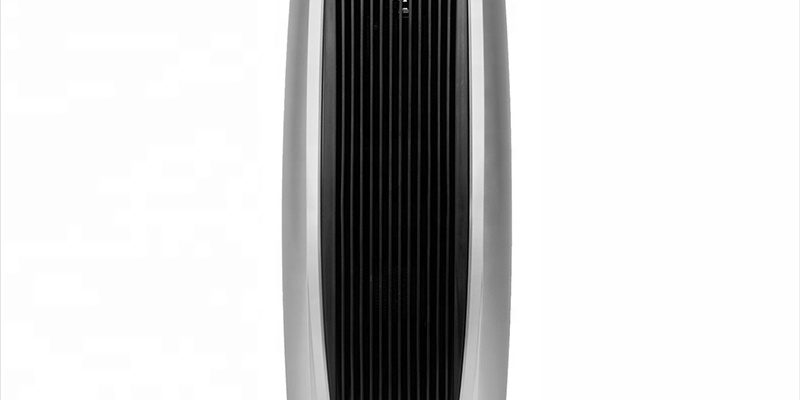Introduction: Ceramic heaters have gained popularity for their efficiency and energy-saving features. In this blog, we’ll delve into the science behind ceramic heaters and uncover how they work to deliver efficient and comfortable heat in your home.
The Ceramic Heating Element:
At the core of every ceramic heater is, as the name suggests, a ceramic heating element. This element consists of a ceramic plate with wires running through it. When an electric current flows through these wires, they heat up the ceramic plate, which then emits heat into the surrounding air.
The Key to Efficiency:
Ceramic heaters excel in efficiency due to the nature of their heating element. Ceramic has a high heat retention capacity, which means it can continue to emit heat even after the electricity supply is turned off. This allows the heater to cycle on and off, maintaining a consistent temperature while conserving energy.
Convection Heating:
Ceramic heaters utilize convection heating principles. As the ceramic plate heats up, it warms the air around it. Hot air rises, creating a natural circulation that distributes warmth throughout the room. This convection process ensures even heating and a comfortable environment.
Energy-Saving Features:
Many ceramic heaters come equipped with energy-saving features such as adjustable thermostats and timers. These features allow you to customize the heater’s operation, optimizing energy consumption and reducing heating costs.
Safety and Comfort:
Safety is a top priority in ceramic heater design. They often include overheat protection mechanisms that automatically shut off the heater if it becomes too hot. Additionally, the exterior of ceramic heaters remains cool to the touch, reducing the risk of burns and ensuring the safety of your family.
Conclusion:
Ceramic heaters rely on efficient ceramic heating elements and convection heating principles to deliver warmth while prioritizing energy savings. Understanding the science behind these heaters helps you appreciate their efficiency and effectiveness in keeping your home comfortable during colder seasons.






